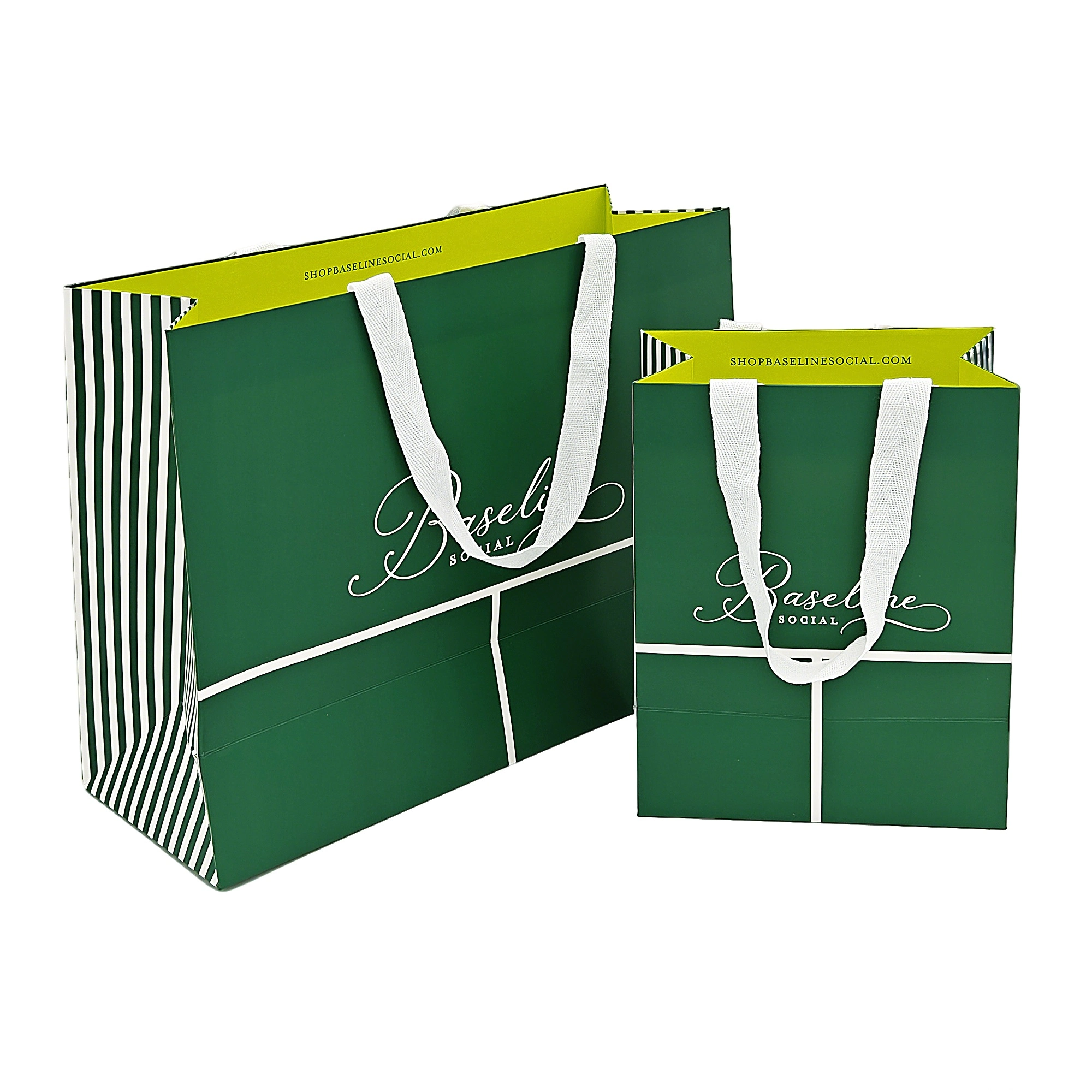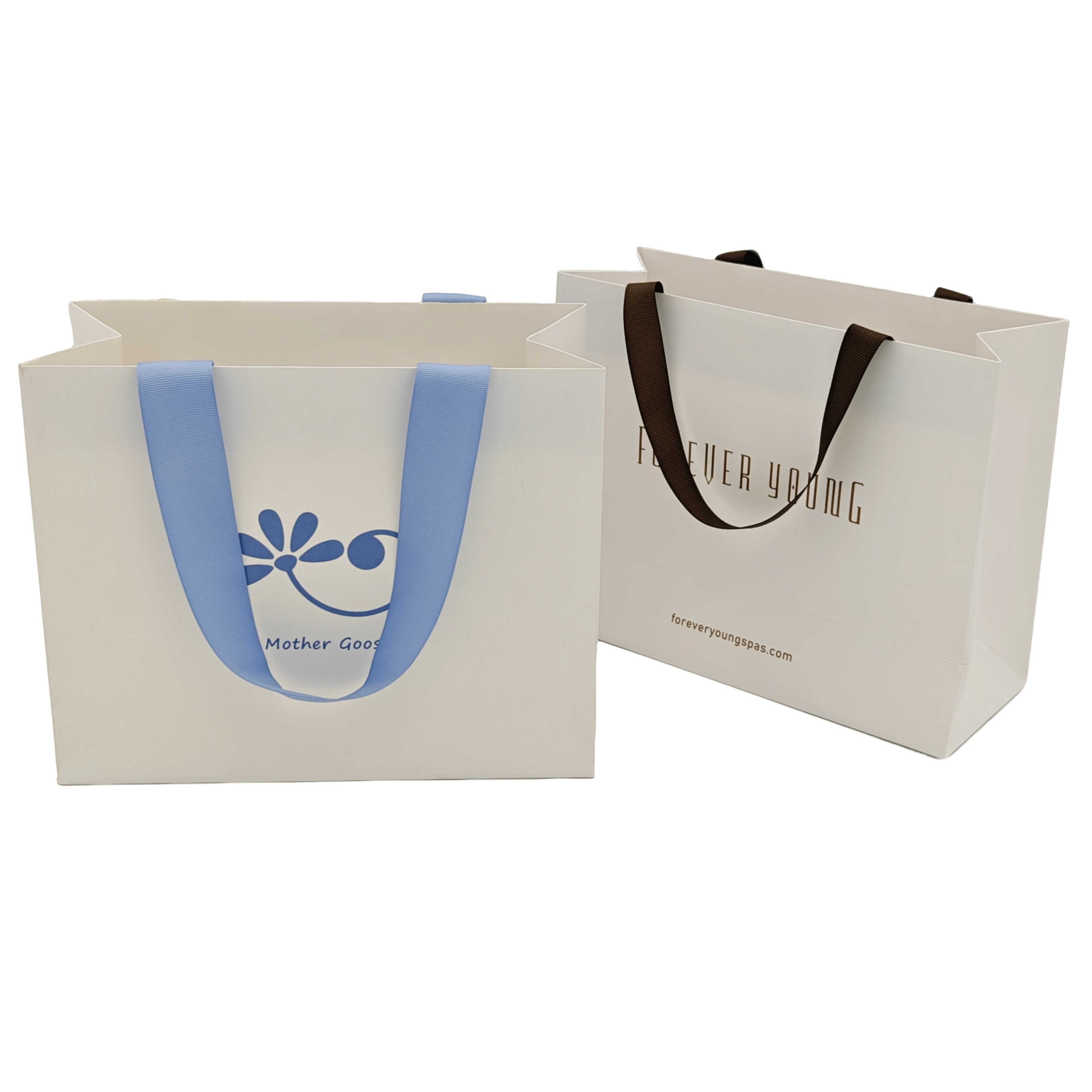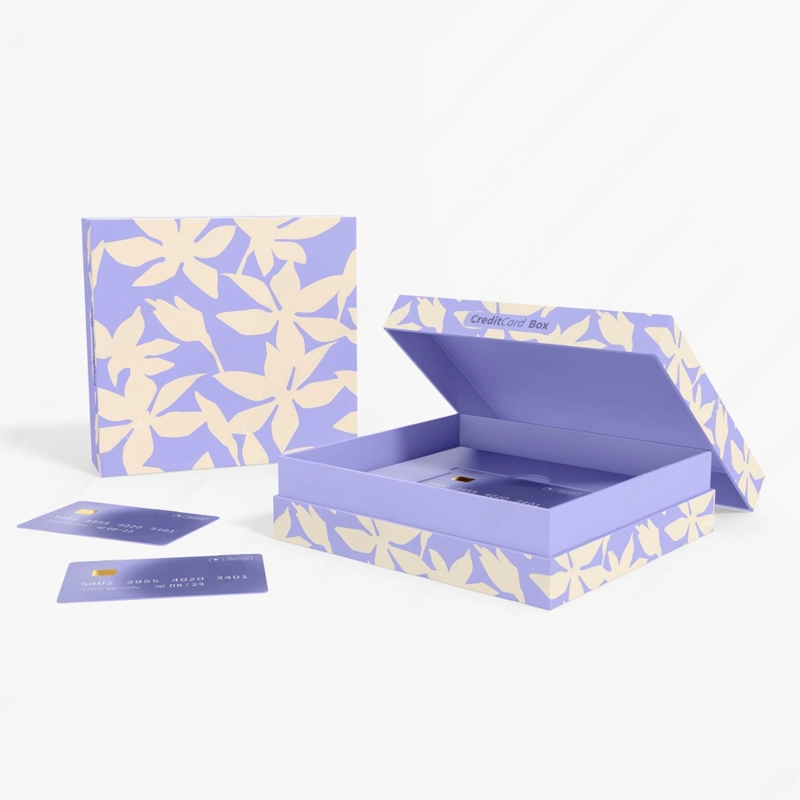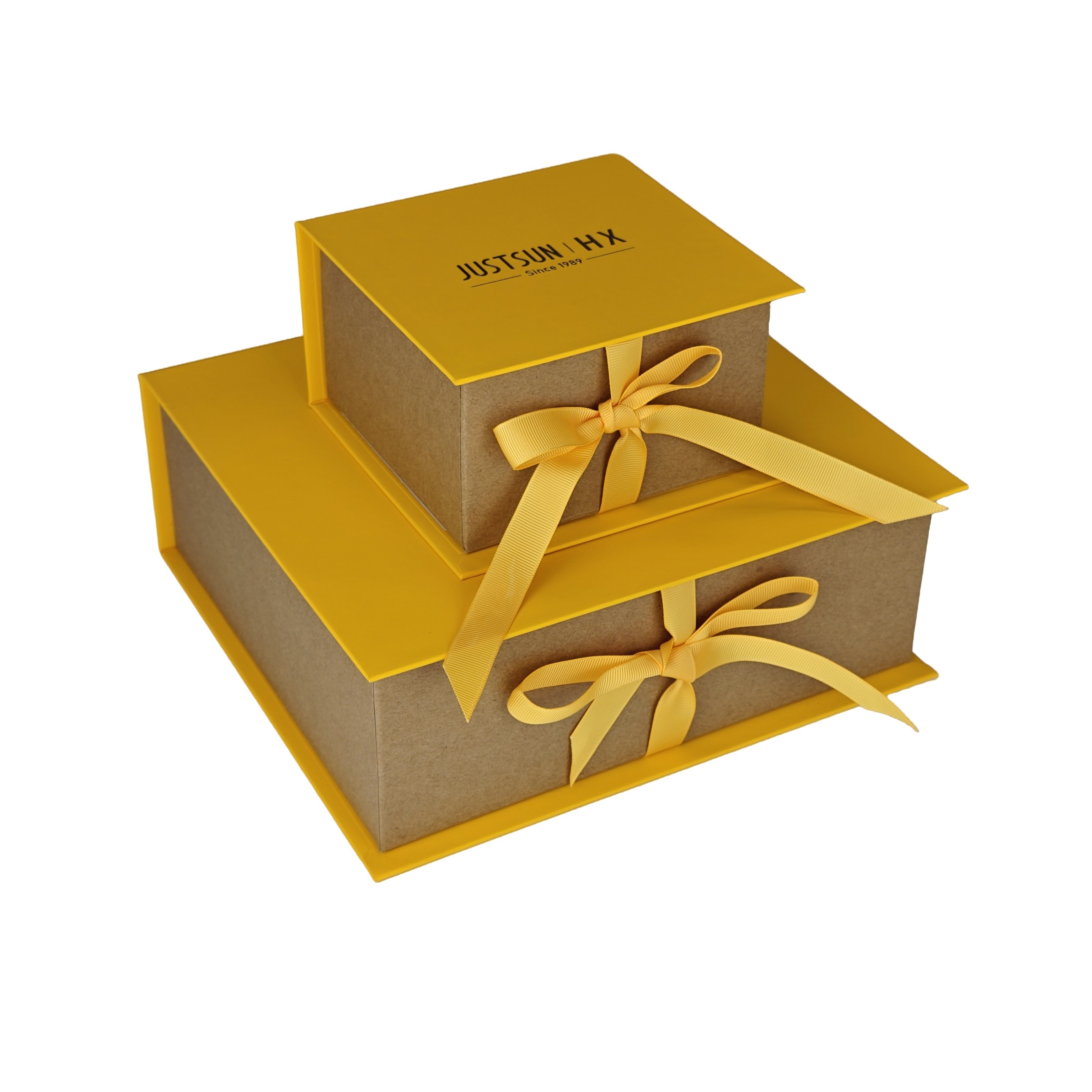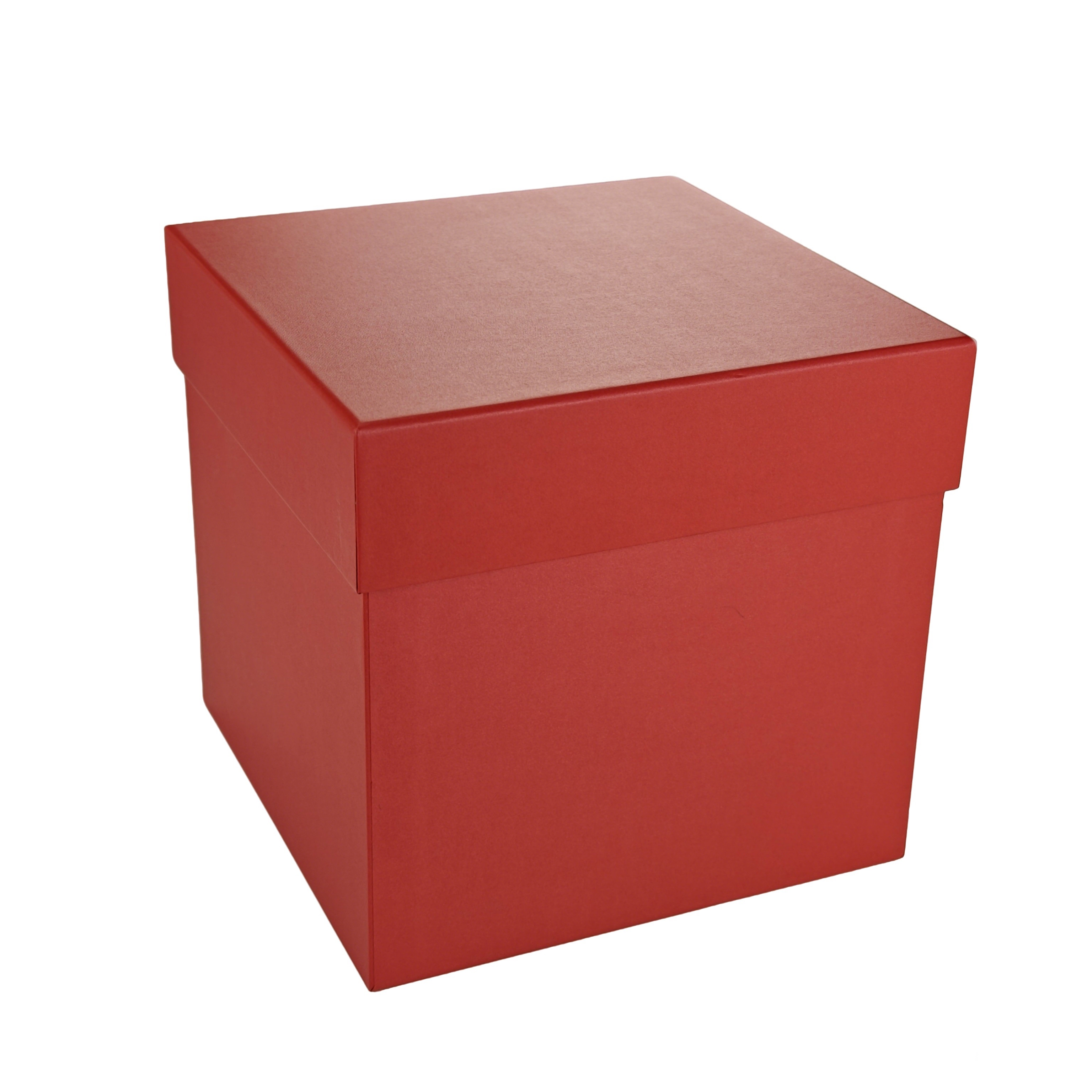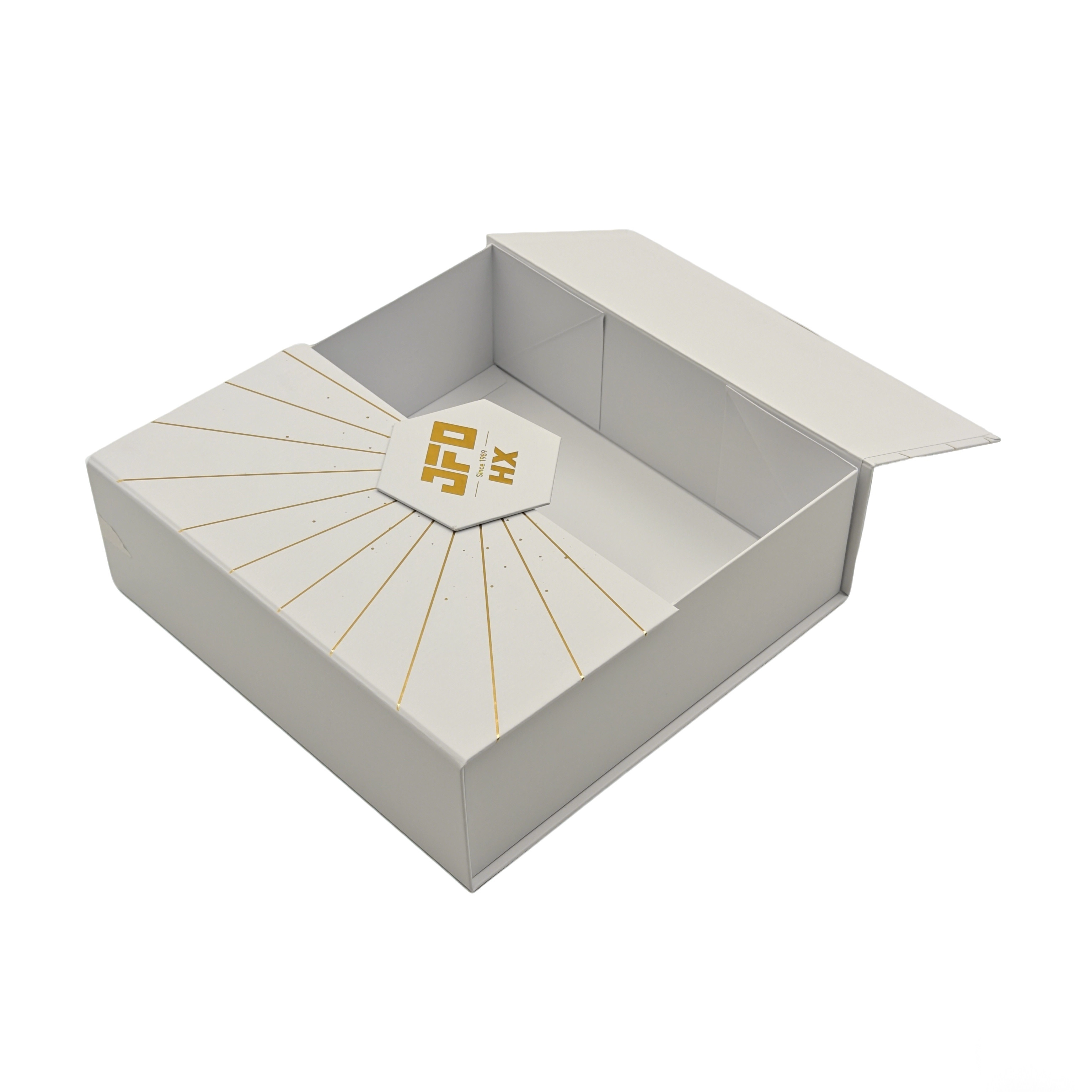Position: Home > Blog > Industry Knowledge > How to make a paper shopping bag?

In an era of awakening environmental awareness and rising demand for personalization, paper shopping bags are no longer just an accessory to commodities but a good thing for life that combines practical value with creative expression. Making a paper shopping bag by hand can not only turn imaginative designs into reality but also give the item a unique emotional warmth, and mastering scientific storage methods can make these shopping bags carry memories and creativity that last forever. Whether it is the wonderful process from cutting materials to the birth of finished products or the practical skills of proper storage and maintaining quality, they all contain the wisdom and ingenuity of life, waiting for us to explore and practice.
— Steps to Make a Paper Shopping Bag
1. Prepare Materials
Paper: Choose a suitable paper, such as kraft paper, white cardboard, etc. Generally speaking, the higher the weight of the paper, the better the strength and durability of the shopping bag. A common choice is 150-300 grams of paper.
Tools: Prepare tools such as scissors, a utility knife, a ruler, a pencil, glue or double-sided tape, a hole punch, and rope or ribbon (for making handles).
2. Design and Measurement
Design Sketch
Design the style and size of the shopping bag according to your needs and preferences. You can draw a sketch on the paper and mark the dimensions of each part. Common shopping bag sizes are 25-40 cm long, 15-25 cm wide, and 30-50 cm high.
Measurement and Marking
Lay the paper flat on the workbench, and use a ruler and pencil to measure and mark on the paper according to the designed dimensions. Be careful to leave margins for folding and pasting, generally 1-2 cm wide.
3. Production Steps
Cutting the Paper
Use scissors or a utility knife to cut the paper along the mark. Make sure the cut edges are neat to avoid burrs or unevenness.
Folding and Forming
Fold the paper along the marked fold lines. First, fold the edges of the bottom and sides to form the bottom and sides of the shopping bag. Then fold the top edge inward to form the top edge of the shopping bag. When folding, try to make the fold lines neat. You can use a ruler and a bone pen (or similar tools) to assist in folding to make the fold lines clearer and firmer.
Pasting and Fixing
Apply glue or double-sided tape on the folded edges, and then paste them to fix them. Make sure the glue is applied evenly and the paste is firm to avoid debonding. Especially the joints between the bottom and the sides should be pasted tightly to ensure the load-bearing capacity of the shopping bag.
Making Handles
If you need to make handles, you can use a hole puncher to punch holes on both sides of the shopping bag, then pass the rope or ribbon through the holes and tie or knot it to fix it. The length of the handle can be determined according to personal preference and convenience, generally 30-50 cm. You can also directly purchase ready-made handle accessories, such as plastic handles or metal handles, and fix them to the shopping bag with glue or screws.
Decoration and Beautification
According to personal preference, you can add some decorations and beautifications to the shopping bag. For example, use colored pens, paints, or stickers to draw patterns, write words on the shopping bag, or stick some decorations, such as bows, sequins, etc., to make the shopping bag more beautiful and unique.
The above are the basic steps to make paper shopping bags. If you need to make more complex shapes or structures, you may need some additional skills and materials. During the production process, pay attention to the safe use of tools to avoid injuries.


— How to Store Paper Shopping Bags?
When storing paper shopping bags, you need to pay attention to the temperature and humidity of the environment, cleanliness, and prevention of pests to ensure that the quality and appearance of the shopping bags are not damaged. Here are some specific storage methods:
1. Choose a Suitable Storage Environment
Dry and Ventilated
Paper shopping bags are susceptible to moisture and should be stored in a dry, well-ventilated place. Avoid placing them in a damp basement, bathroom, or near a water source. The ideal storage environment humidity should be maintained between 40% and 60%, and a dehumidifier or desiccant can be used to control the humidity.
Suitable Temperature
Too high or too low temperatures may affect paper shopping bags. The temperature of the storage environment is best maintained between 15°C and 25°C. Avoid exposing them to direct sunlight or near heat sources such as heaters and air conditioners.
Cleanliness and Hygiene
The storage space should be kept clean to prevent dust and debris from falling on the shopping bags and affecting their appearance. At the same time, avoid placing them together with items with odors to prevent paper shopping bags from absorbing odors.
2. Use the Correct Storage Method
Classification and Sorting
Store paper shopping bags of different specifications, styles, and colors in different categories for easy search and management. You can use shelves, storage boxes, or cartons for storage and mark the types, specifications, and other information of the shopping bags on the boxes or shelves.
Store Flat
Try to stack or lay paper shopping bags flat, avoid folding or squeezing, and prevent creases or deformation. If the shopping bag has a handle, be careful to avoid crushing the handle. For some larger or softer shopping bags, you can put some cardboard or foam board inside to maintain the shape.
Anti-insect and Moisture-proof
To prevent pests, you can put some insect repellents, such as mothballs, in the storage space, but be careful to avoid direct contact between the insect repellent and the paper shopping bag to avoid leaving stains or producing odors. At the same time, regularly check whether the shopping bags have signs of moisture or mold, and if so, deal with them in time.
Table of Contents
Latest Products
-
 Wechat
+8613616008761
Wechat
+8613616008761 -
 Email
Email
-
 Tel
+86-136-1600-8761
Tel
+86-136-1600-8761

